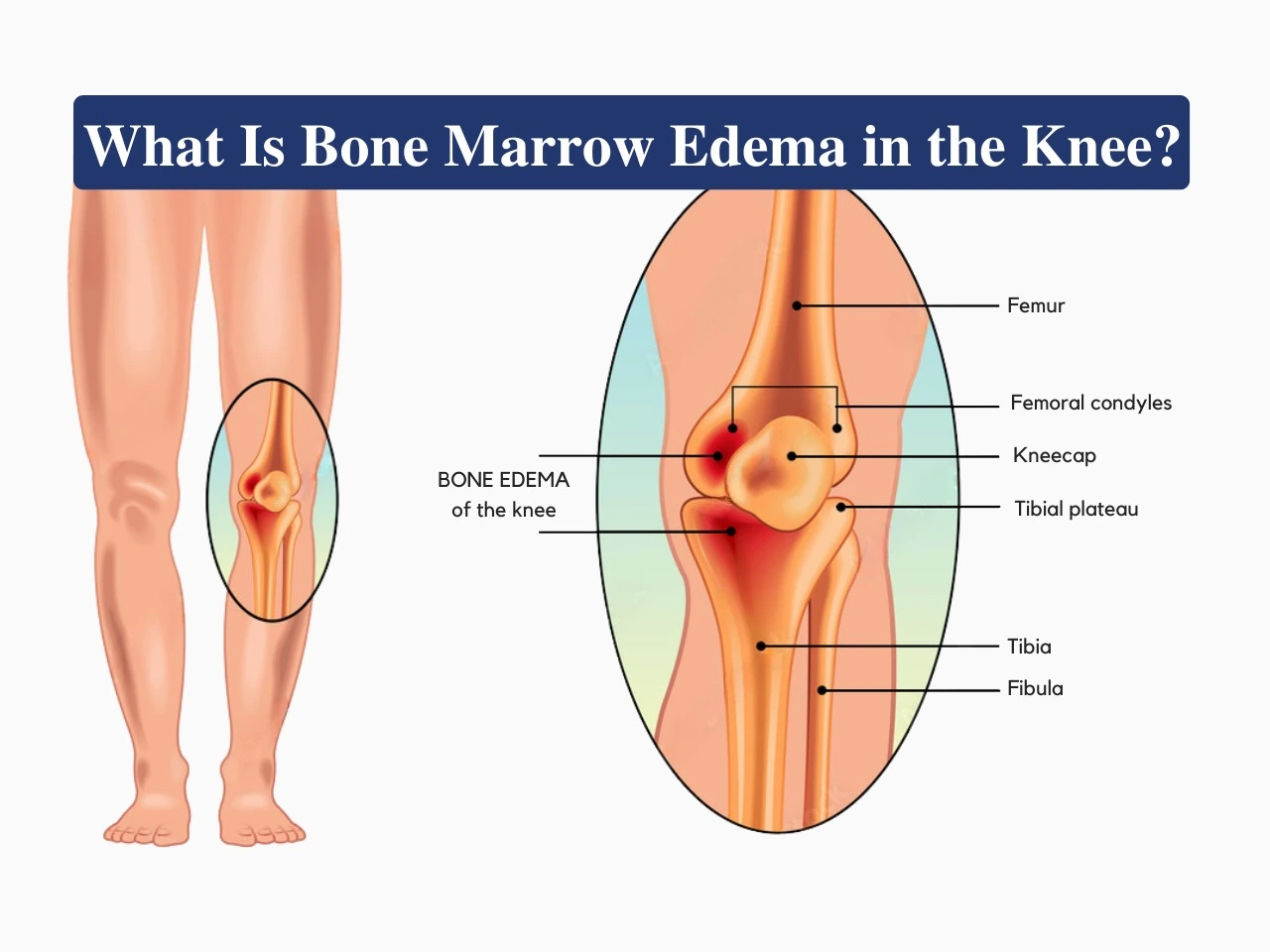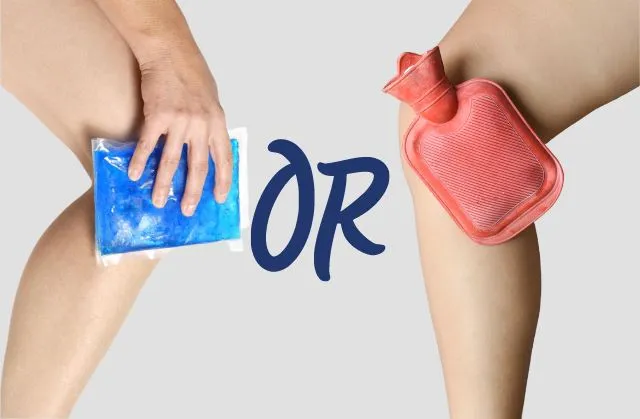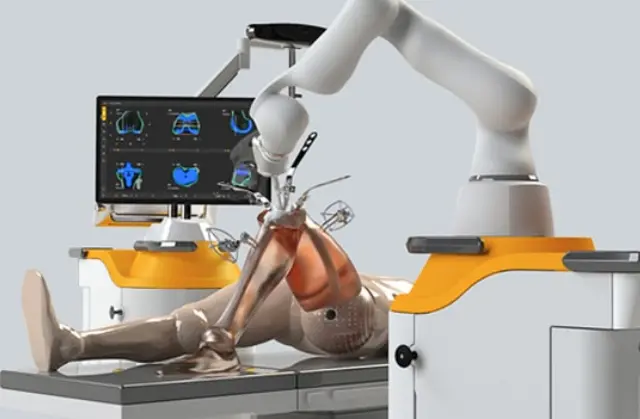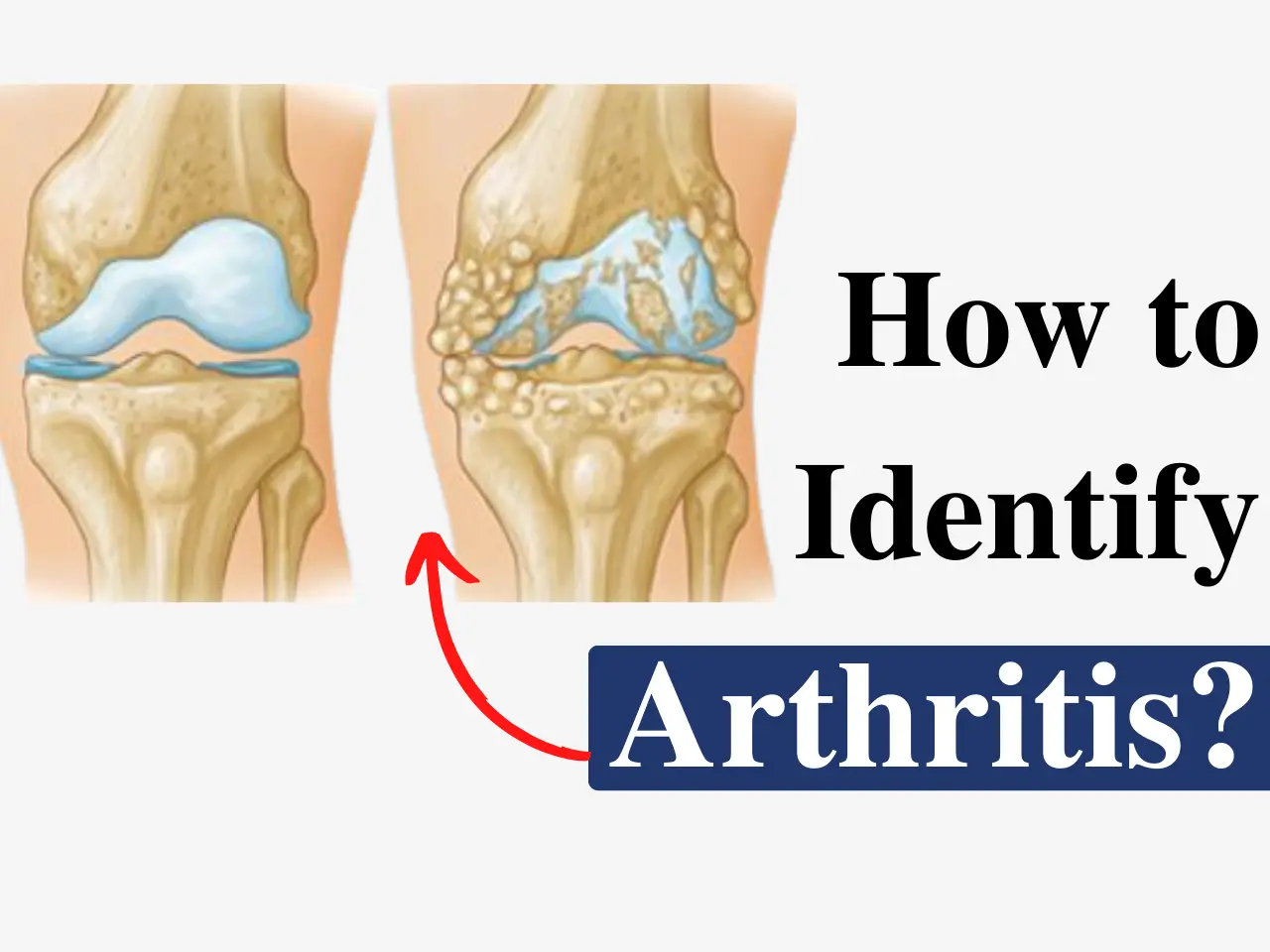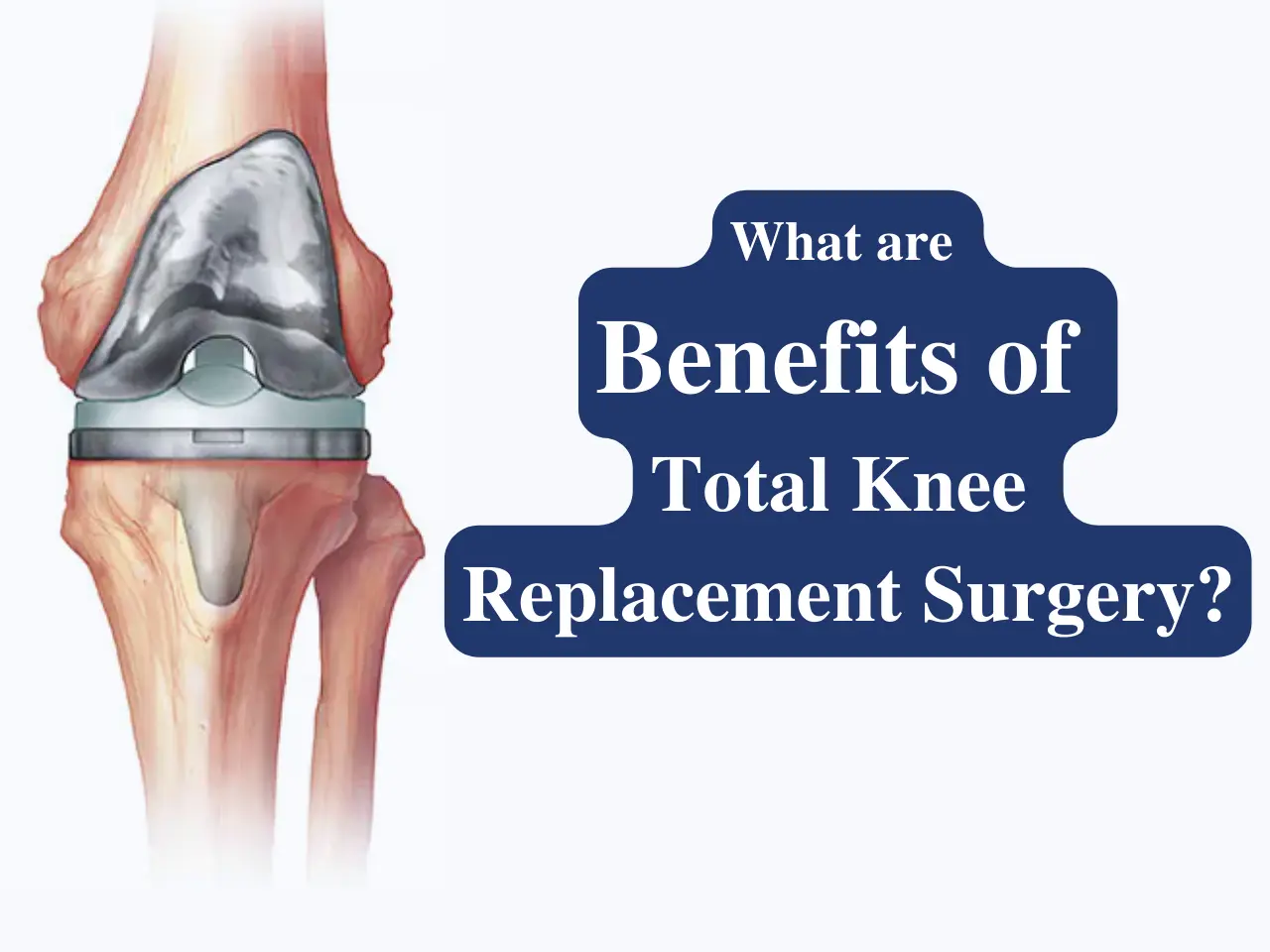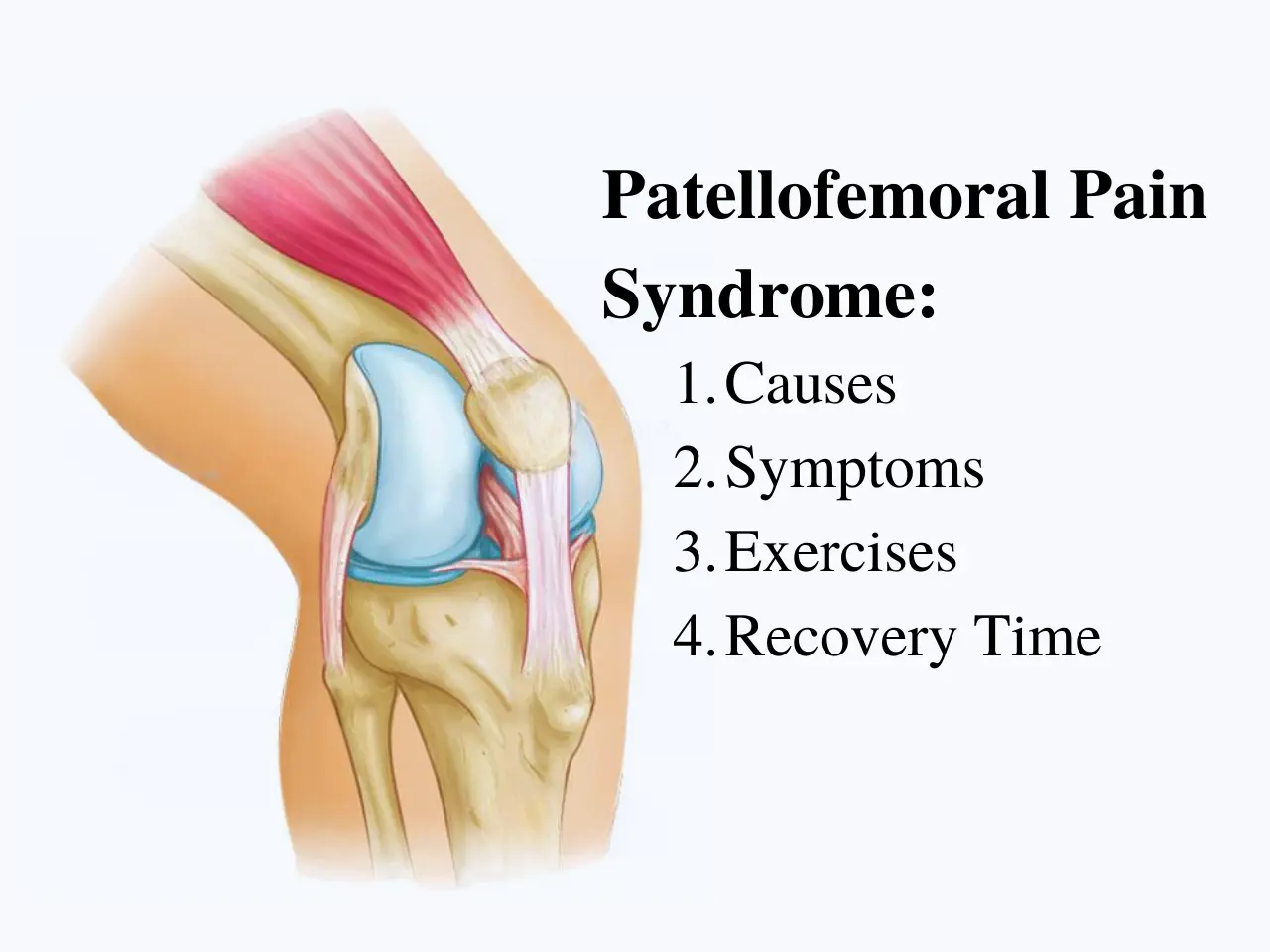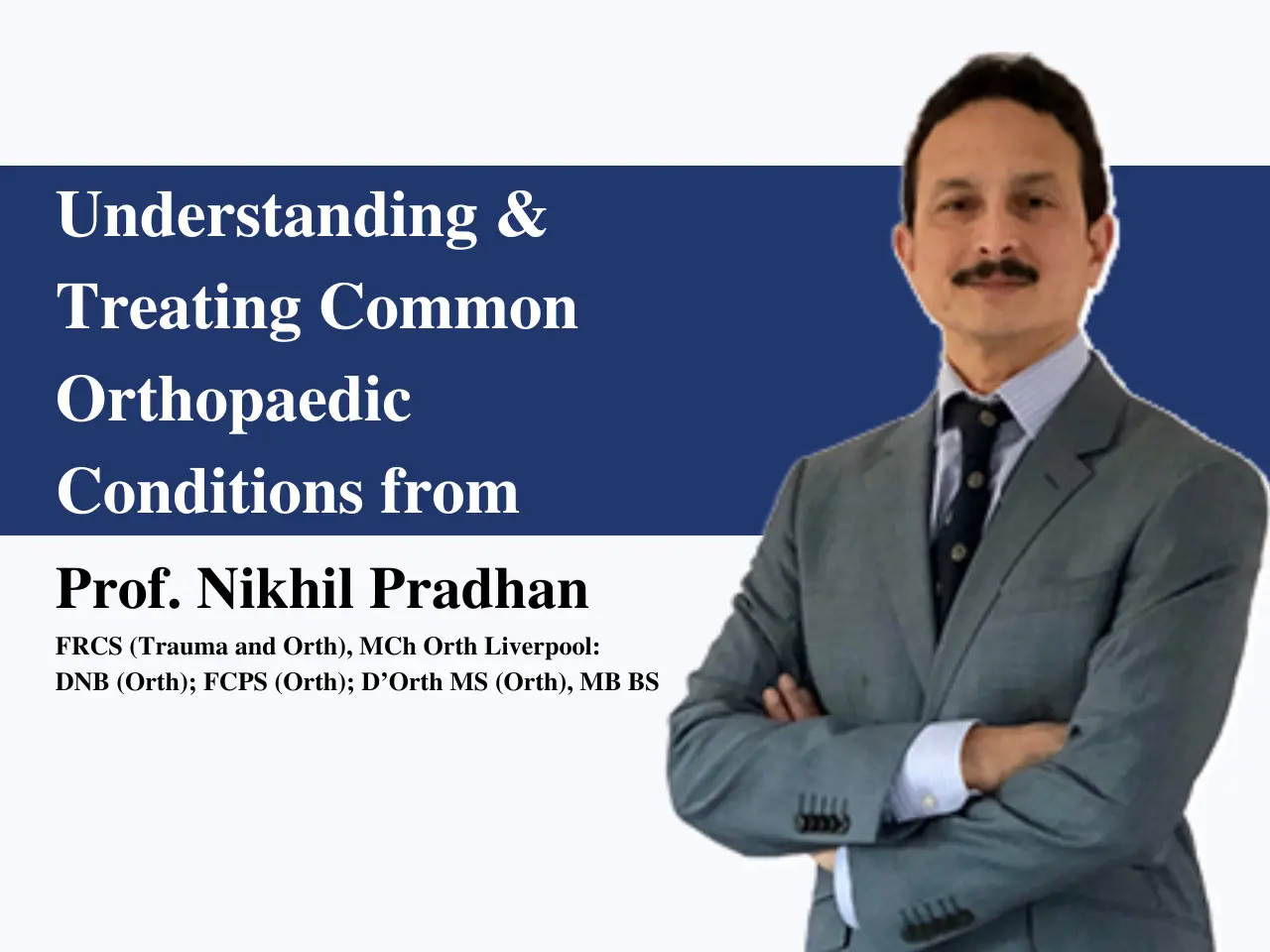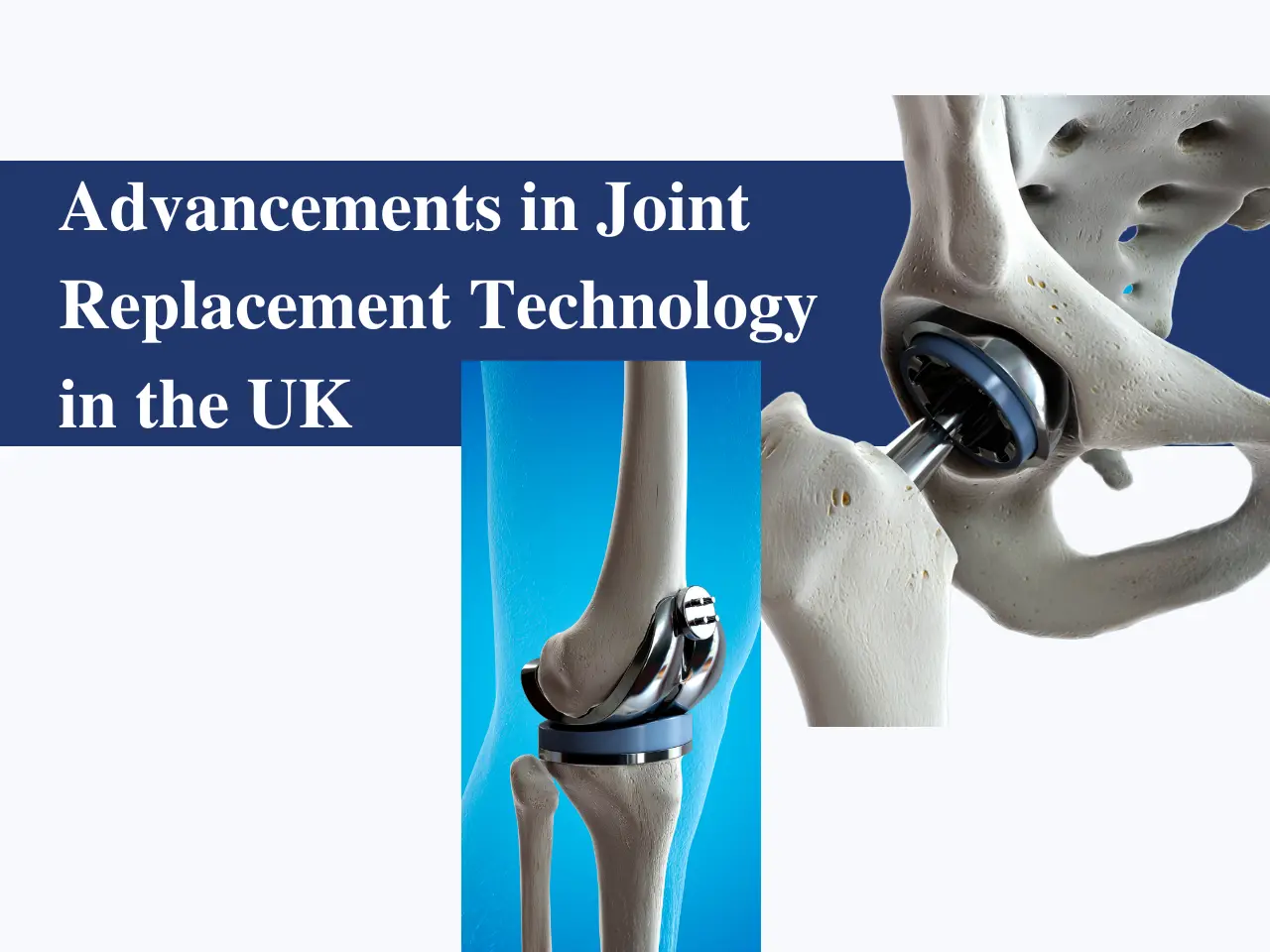Knee Bone Marrow Oedema: Don’t Panic! Here’s What You Need to Know
Our bones have a spongy inner core called bone marrow. This marrow is essential for producing red blood cells, white blood cells, and platelets. Oedema, on the other hand, refers to fluid buildup in tissues, causing swelling. When this fluid accumulates within the bone marrow, it’s called bone marrow Oedema (BME).
Bone Marrow Oedema in the knee can be a source of pain and discomfort, but with proper diagnosis and treatment, it’s a manageable condition.
What is Bone Marrow Oedema (BME)?
Healthy bone marrow contains mostly fatty tissue. In BME, this fatty tissue is replaced with a watery mix of fluid and blood. This disrupts the normal function of bone marrow and can put pressure on surrounding structures, leading to pain.
Bone Marrow Oedema is also sometimes referred to as bone marrow lesions.
Symptoms of Bone Marrow Oedema in the Knee
Bone marrow Oedema in the knee manifests through several symptoms:
- Pain and Discomfort: Persistent aching pain, often worsening with activity or weight-bearing.
- Swelling and Tenderness: Visible swelling around the knee and tenderness to touch.
- Stiffness and Reduced Range of Motion: Difficulty in fully bending or straightening the knee.
Identifying Bone Marrow Oedema Knee Symptoms
Distinguishing bone marrow Oedema symptoms from other knee conditions is essential. Unlike superficial injuries, the pain from bone marrow Oedema is deep and often not immediately relieved by rest.
Early diagnosis is vital to prevent further complications and to start appropriate treatment.
Causes of Bone Marrow Oedema in the Knee
Bone Marrow Oedema in the knee can arise from various factors:
- Injury: Ligament sprains or tears, meniscus tears, and bone bruises or fractures can all damage the bone and surrounding tissues, triggering Bone Marrow Oedema.
- Overuse: Activities that repeatedly stress the knee joint, such as running or jumping, can eventually lead to Bone Marrow Oedema.
- Underlying Medical Conditions: Osteoarthritis, osteoporosis, and avascular necrosis (bone death due to lack of blood supply) can also contribute to Bone Marrow Oedema development.
Diagnosing Bone Marrow Oedema in the Knee
Diagnostic Procedures
Proper diagnosis of bone marrow Oedema in the knee involves several steps:
- Physical Examination: A thorough examination by a knee specialist to assess pain, swelling, and mobility.
- Imaging Tests: MRI is the most effective imaging technique for detecting bone marrow Oedema, as it can visualize the fluid accumulation within the bone. X-rays and CT scans may also be used to rule out other conditions.
Consulting a knee replacement surgeon in Cheshire, such as Prof. Nikhil Pradhan, ensures an accurate diagnosis and tailored treatment plan.
Treatment Options for Bone Marrow Oedema in the Knee
Non-Surgical Treatments
Most cases of bone marrow Oedema in the knee can be managed without surgery:
- Rest and Activity Modification: Limiting activities that exacerbate symptoms to allow the knee to heal.
- Pain Management: Medications such as NSAIDs (non-steroidal anti-inflammatory drugs) and corticosteroid injections can help reduce pain and inflammation.
- Physical Therapy and Rehabilitation: Structured physical therapy programs to strengthen the knee and improve mobility.
Non-Surgical Treatment Approaches
Most cases of BME respond well to non-surgical treatments:
- Rest: Reducing activities that aggravate knee pain allows the bone marrow to heal.
- Ice Therapy: Applying ice packs to the affected area can help reduce inflammation and pain.
- Medication: Over-the-counter pain relievers like nonsteroidal anti-inflammatory drugs (NSAIDs) can manage pain and inflammation.
- Physical Therapy: A personalized physical therapy program can improve strength, flexibility, and range of motion in the knee, promoting healing and preventing future injury. Exercises will be tailored by a physical therapist, so this section will be addressed in more detail later.
- Bracing or Support: Wearing a knee brace can provide stability and support to the joint, promoting healing and reducing pain.
Bone Marrow Oedema Knee Exercises
Exercise plays a crucial role in the recovery from bone marrow Oedema.
Specific exercises recommended by experts include:
- Quadriceps Strengthening Exercises: Activities like leg presses and straight leg raises to strengthen the muscles supporting the knee.
- Hamstring Stretches: Gentle stretching to improve flexibility and reduce strain on the knee.
- Low-Impact Aerobic Exercises: Swimming and cycling to maintain cardiovascular fitness without placing excessive stress on the knee.
Preventing Bone Marrow Oedema in the Knee
Lifestyle and Activity Modifications
Preventing bone marrow Oedema involves making several lifestyle and activity changes:
- Maintaining a Healthy Weight: Reducing stress on the knee joints by maintaining an appropriate weight.
- Proper Techniques for Sports and Physical Activities: Using correct techniques to minimize the risk of injury.
- Use of Protective Gear: Wearing knee braces or pads during high-risk activities.
Long-Term Management
Long-term management strategies include:
- Regular Check-Ups and Monitoring: Periodic evaluations to monitor knee health and prevent recurrence.
- Personalized Exercise Programs: Tailored exercise regimens to maintain knee strength and flexibility.
- Tips from Prof. Nikhil Pradhan: Advice on maintaining overall knee health, emphasizing the importance of proactive care.
Conclusion
Bone marrow Oedema in the knee is a condition that requires prompt attention and appropriate treatment. Understanding the symptoms, diagnostic procedures, and available treatments is crucial for effective management.
Consulting with a specialist, such as Prof. Nikhil Pradhan, a knee replacement surgeon in Cheshire, can provide valuable guidance and treatment options to ensure the best outcomes.
FAQs- Common Questions About Bone Marrow Oedema in the Knee
Que. What Causes Bone Marrow Oedema in the Knee?
Ans. Trauma, overuse, and underlying conditions like arthritis.
Que. How Long Does It Take to Recover from Bone Marrow Oedema?
Ans. Recovery time varies; it can range from a few weeks to several months depending on the severity.
Que. Can Bone Marrow Oedema Lead to Other Knee Problems?
Ans. If untreated, it can lead to chronic pain and joint damage.
Que. When Should I See a Knee Replacement Surgeon in Cheshire?
Ans. If symptoms persist despite conservative treatment or if there is significant functional impairment.

